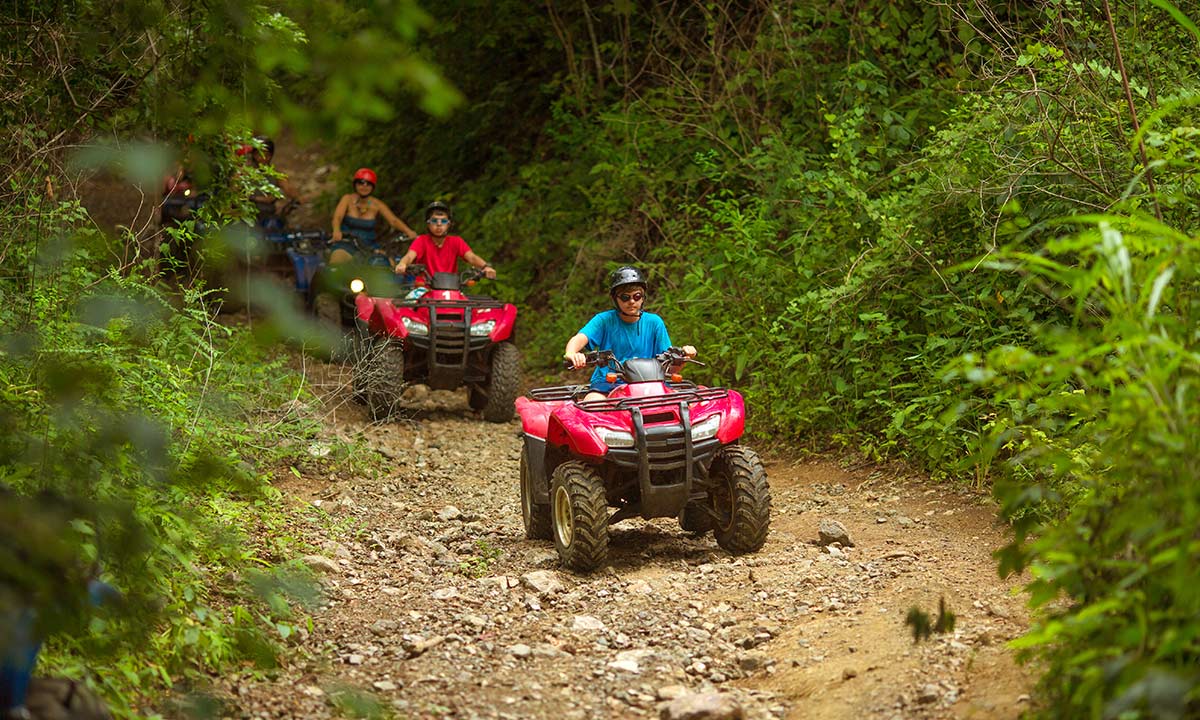The coast of Puerto Vallarta, Jalisco, is a special place where various species of sea turtles nest, including the olive ridley turtle (Lepidochelys olivacea), the leatherback turtle (Dermochelys coriacea), and the black turtle (Chelonia mydas agassizii). Each year, these turtles return to the beaches where they were born to lay their eggs in the sand. This phenomenon is known as philopatry and is an incredibly precise process, as the turtles are able to find the same beach using the Earth's magnetic field as a compass.
Once the female turtles reach the beach, they dig nests in the sand where they deposit their eggs. This process can take several hours, as the turtles dig deep holes with their hind flippers to ensure their eggs are protected from predators and adverse environmental conditions. After laying between 80 and 120 eggs, the females carefully cover the nest with sand and return to the ocean, leaving their eggs under the protection of nature.
The incubation period for sea turtle eggs lasts between 45 and 70 days, depending on the temperature of the sand. During this time, the eggs remain buried and seemingly inactive. However, inside each egg, a turtle embryo slowly develops, feeding on the yolk that the mother has left in the egg. The temperature of the sand also plays a crucial role in determining the sex of the hatchlings, with warmer temperatures producing more females and cooler temperatures producing more males.
When the time for hatching arrives, the baby turtles emerge from their eggs and begin to dig their way to the surface of the sand. This process can take several days, as the hatchlings must coordinate their efforts to emerge at the same time, thereby increasing their chances of survival. Timing is vital, as once on the surface, the hatchlings are exposed to numerous dangers, including predators like birds and crabs.
Once the baby turtles manage to emerge from the sand, they begin a perilous journey towards the ocean. Guided by the natural light of the horizon and the reflection of the moon on the water, the tiny turtles hurry towards the sea. This race to the ocean is critical, as only a few hatchlings manage to escape predators and human threats, such as artificial lights that can disorient them and lead them in the wrong direction.
In Puerto Vallarta, numerous conservation efforts are undertaken to protect these sea turtle hatchlings. Volunteer programs and local organizations work tirelessly to monitor the beaches, collect and relocate nests to safe areas, and ensure the hatchlings reach the ocean safely. These efforts include educating the community and tourists about the importance of protecting sea turtles and their habitats.
The release of sea turtle hatchlings is an impressive and emotional event that often involves the participation of the community and visitors. Watching the tiny turtles run towards the ocean and fight for their survival is a powerful reminder of the fragility and beauty of marine life. Each hatchling that reaches the sea represents hope for the future conservation of these endangered species.
Despite conservation efforts, sea turtles face numerous threats, including pollution, accidental fishing, and the destruction of their habitats. However, events like the release of the hatchlings in Puerto Vallarta offer a ray of hope and underscore the importance of human cooperation in preserving these incredible creatures and their vital role in marine ecosystems.











